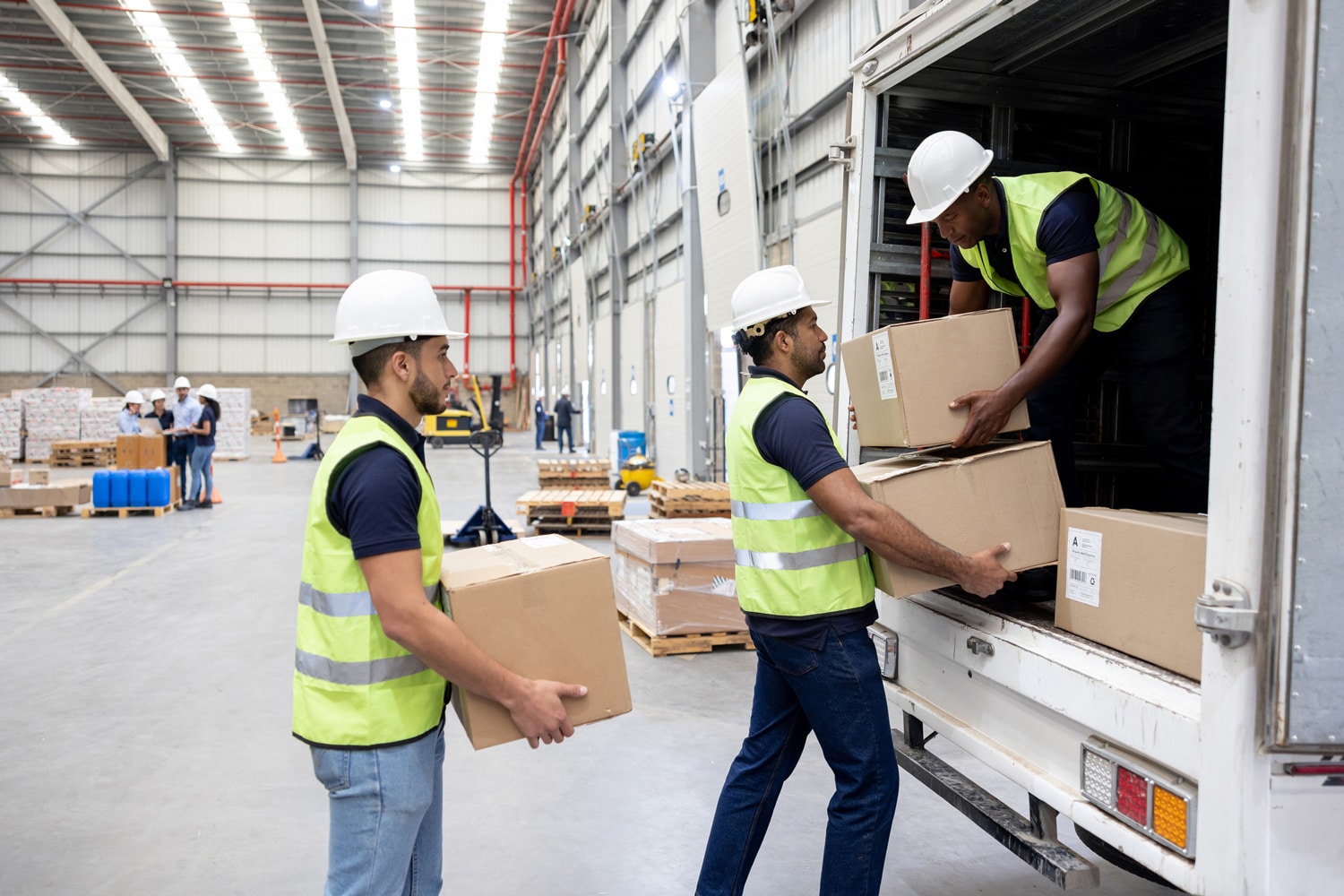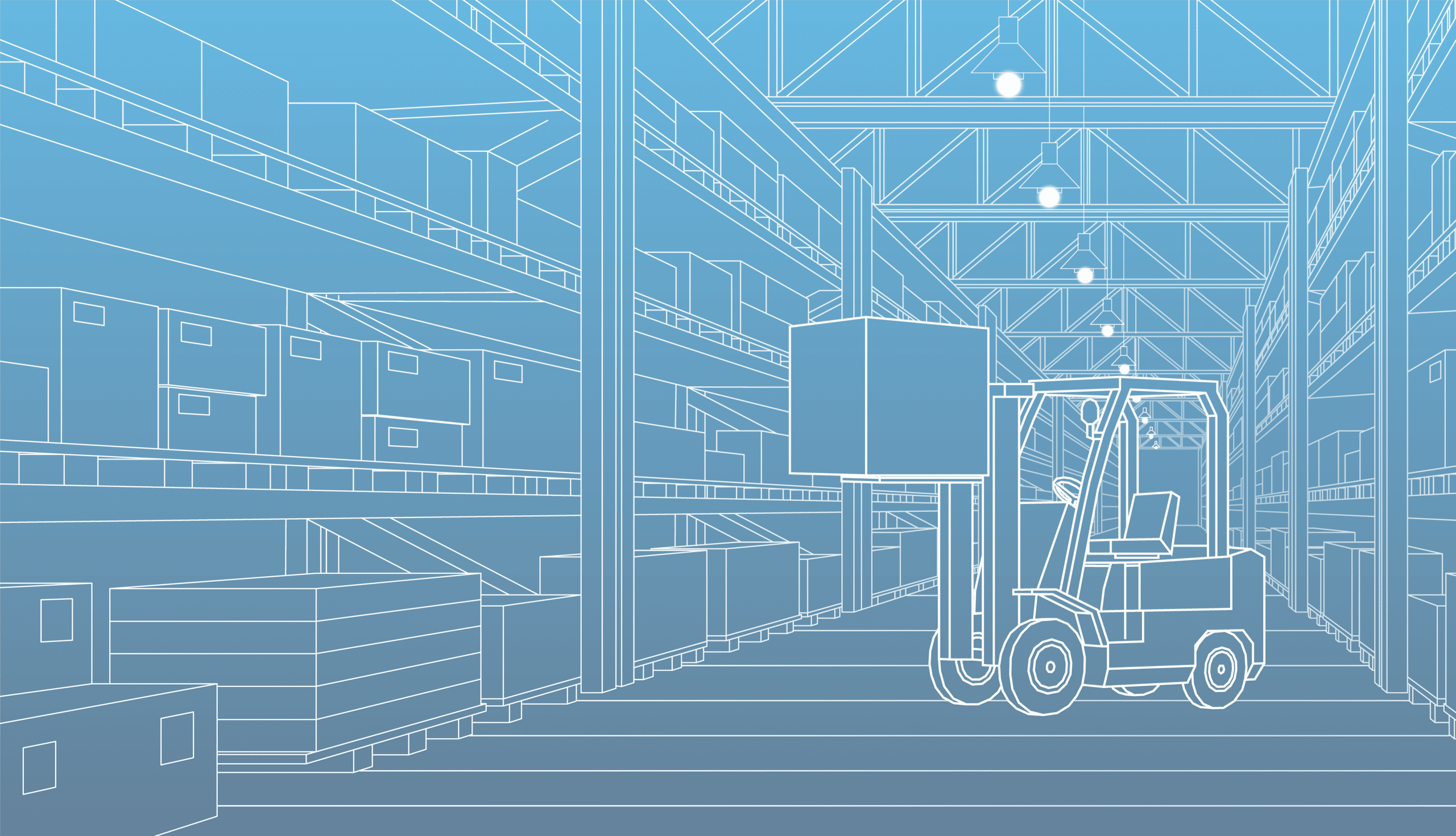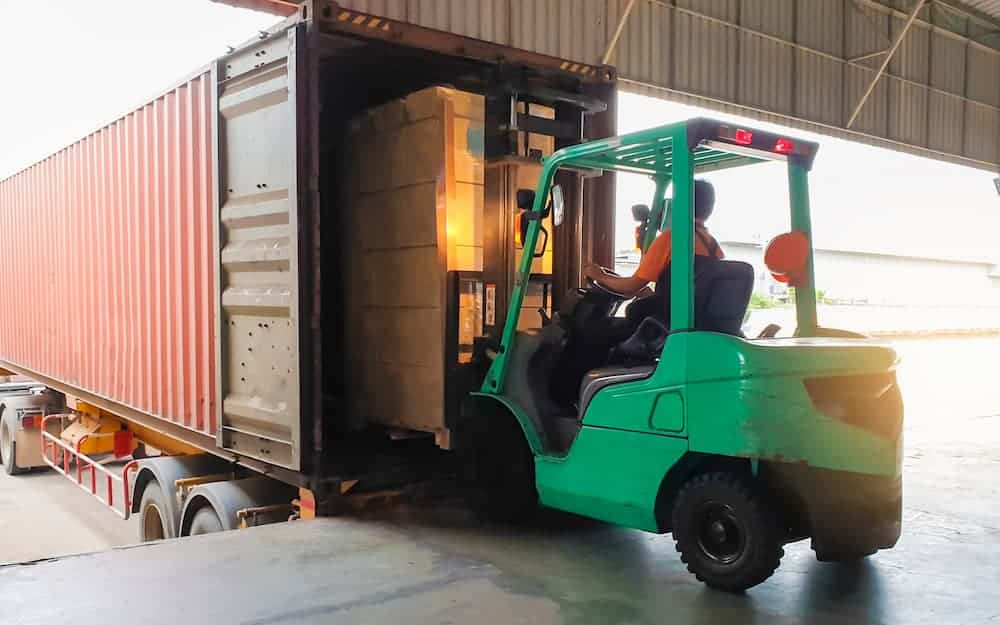What Is a Lumper?
A “lumper” is a laborer hired to manually unload freight. The term has roots going back to the late 1700s, when dockworkers would “lump” cargo off ships.
📍 Fast-forward to the 1970s, and the concept was revived in the trucking industry. Drivers in a hurry to get back on the road needed help unloading. Lumpers often paid in cash, working independently, and focused on speed — were the go-to solution.
While the definition hasn’t changed much, the expectations have. In the early days, lumpers were valued for their strength and availability, not their process or precision. But as supply chains became more complex and customer expectations more demanding, the role needed to evolve.
Although the term “lumper” has stuck around, especially in the trucking industry, most companies have moved to smart, integrated unloading models. What many operations managers still call “lumper services” is better categorized as an inbound unloading solution. These solutions boost throughput, reduce costs, and lower labor risk by leveraging:
✅ Training and leadership
✅ Technology + real-time metrics
✅ Pay-for-performance labor models
What Do Lumpers Do?
Since the beginning, Lumpers have typically operated as a third-party, brought in solely to perform very labor-intensive tasks, primarily unloading freight. At times, this created confusion within a facility around workflows, cost, or accountability. Often contracted directly by drivers or brokers, lumpers weren’t integrated into a facility’s systems or performance metrics. This made it easy to bring in workers quickly, but without management or oversight, it also made coordination difficult and accountability unclear — while increasing damage and safety risks. Lumpers typically lacked training on site-specific procedures, technology platforms, or safety protocols. The result? Gaps in communication, inconsistent performance, and potential friction between unloading crews and in-house teams.
Lumpers perform physical warehouse work. This might include:
- Unloading trailers
- Breaking down pallets
- Sorting and staging freight
- Handling returns or damaged goods
- Cleaning up the dock

Old School Lumpers vs. Professional Unloading Services – What’s the Difference?
Are lumper services still the preferred method for managing inbound freight? In Part 2 our blog series, we break down how professional inbound unloading services stack up against traditional lumpers, and which bring greater value.

Do Lumpers Still Have Value?
The speed and reliability of unloading affects everything from driver wait times to warehouse throughput. When unloading is done right, with managed labor and good oversight, freight flows faster, costs go down, and relationships with carriers improve. But when it’s uncoordinated, slow, or inconsistent, the ripple effects can be costly.
Traditional lumpers can still serve a purpose, but often they lack the skills, integration, and accountability that today’s operations demand. That’s why more companies are stepping away from outdated models that no longer pull their weight and turning to professional inbound unloading solutions that deliver consistency, visibility, and measurable results.
From Ad Hoc to Accountable
At Capstone, we started in the lumper world. We saw firsthand what worked — and what didn’t. Over time, we built a better model: a performance-driven unloading service that operates as a seamless part of your facility, backed by technology, training, and clear KPIs.
👉 Want to dive deeper? Read Part 2 of our blog series comparing inbound unloading services with traditional lumpers—and see how choosing the right model can impact efficiency, cost, and your bottom line.
If you’re aiming to boost throughput, reduce detention, and bring more predictability to your dock, this is a comparison you don’t want to miss.

